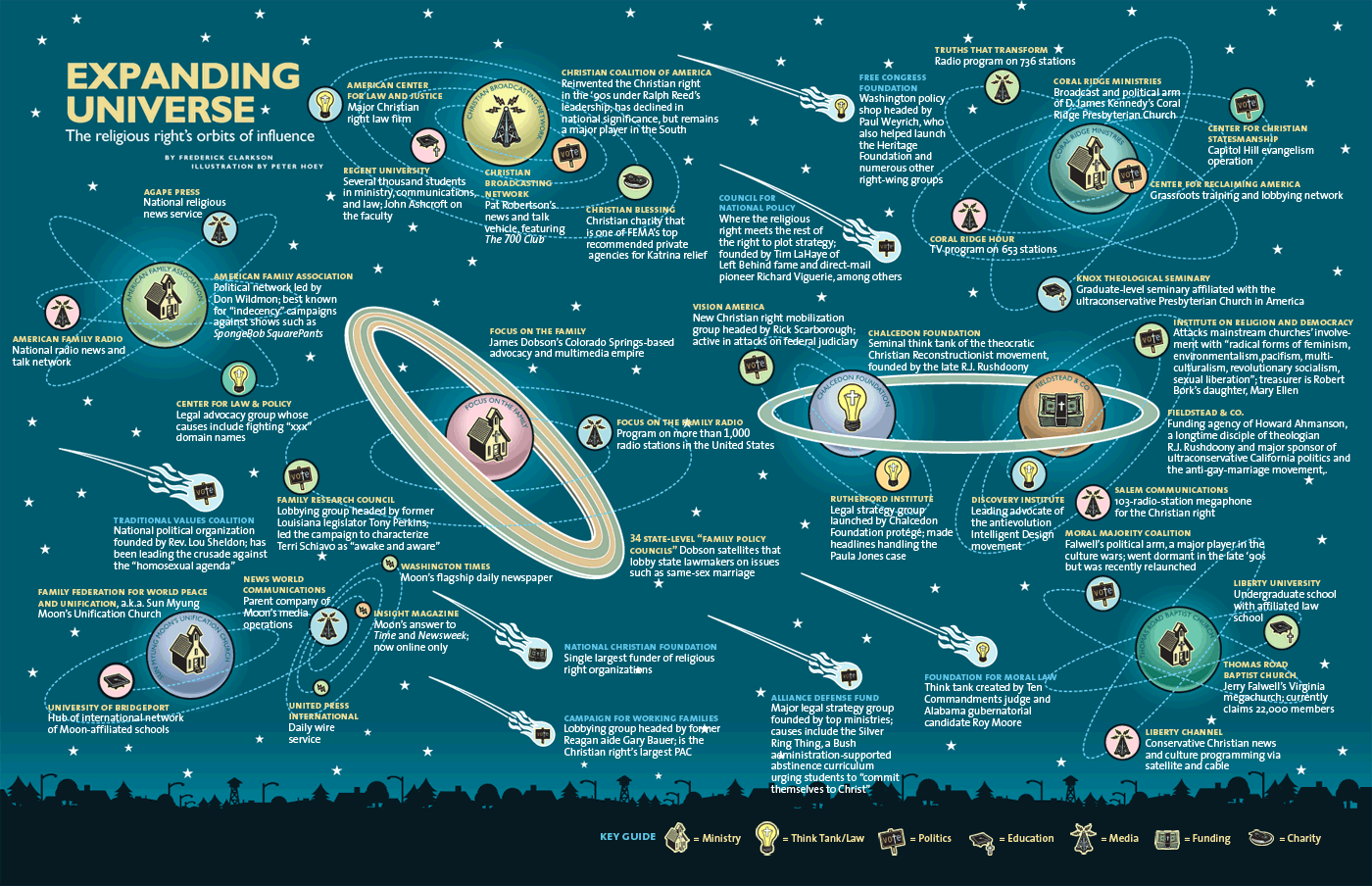General relativity describes spacetime by a metric, which
determines the distances that separate nearby points. The points, which can be
galaxies, stars, or other objects, themselves are specified using a coordinate
chart or "grid" that is laid down over all spacetime. The
cosmological principle implies that the metric should be homogeneous and
isotropic on large scales, which uniquely singles out the
Friedmann–Lemaître–Robertson–Walker metric (FLRW metric). This metric contains
a scale factor, which describes how the size of the universe changes with time.
This enables a convenient choice of a coordinate system to be made, called
comoving coordinates. In this coordinate system the grid expands along with the
universe, and objects that are moving only due to the expansion of the universe
remain at fixed points on the grid. While their coordinate distance (comoving
distance) remains constant, the physical distance between two such comoving
points expands proportionally with the scale factor of the universe.
The Big Bang is not an explosion of matter moving outward to
fill an empty universe. Instead, space itself expands with time everywhere and
increases the physical distance between two comoving points. Because the FLRW
metric assumes a uniform distribution of mass and energy, it applies to our
universe only on large scales—local concentrations of matter such as our galaxy
are gravitationally bound and as such do not experience the large-scale
expansion of space.

No comments:
Post a Comment